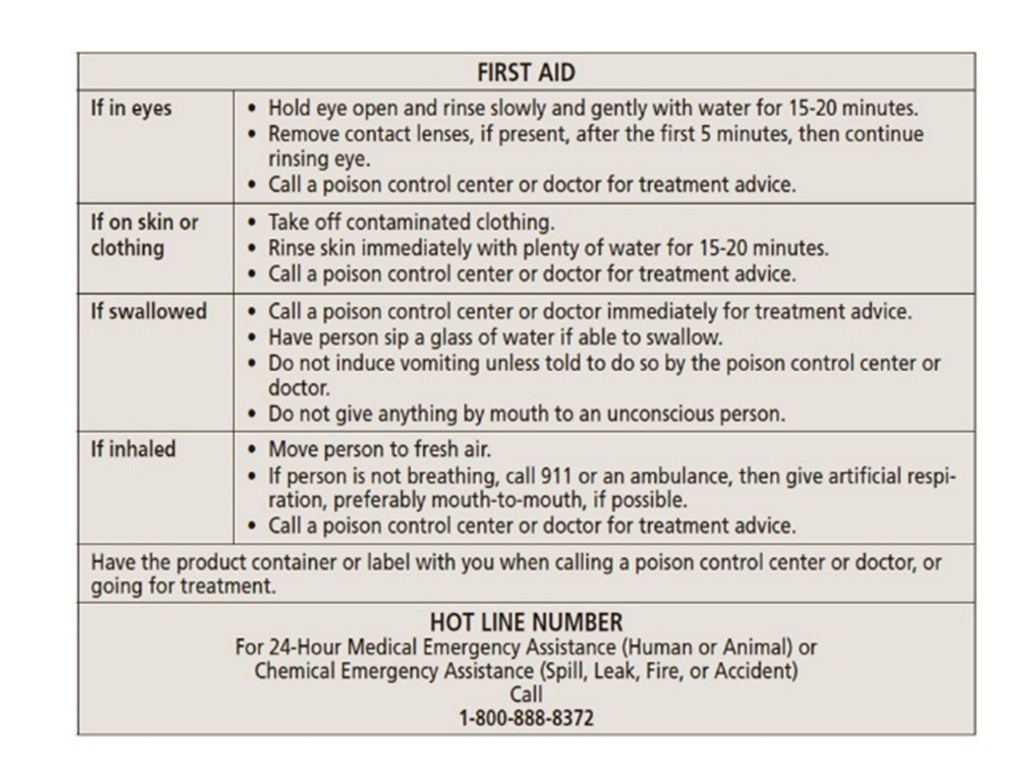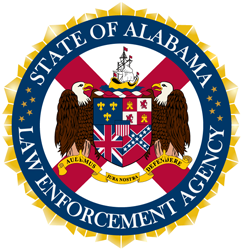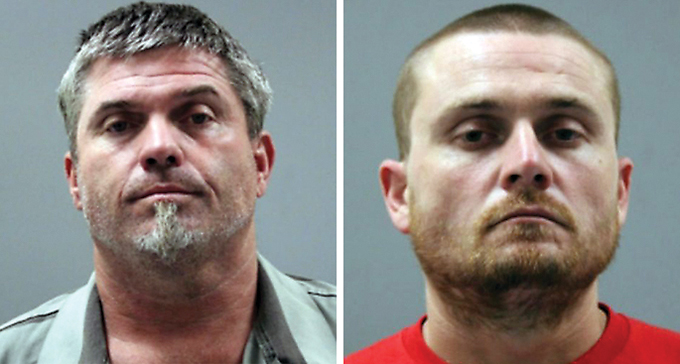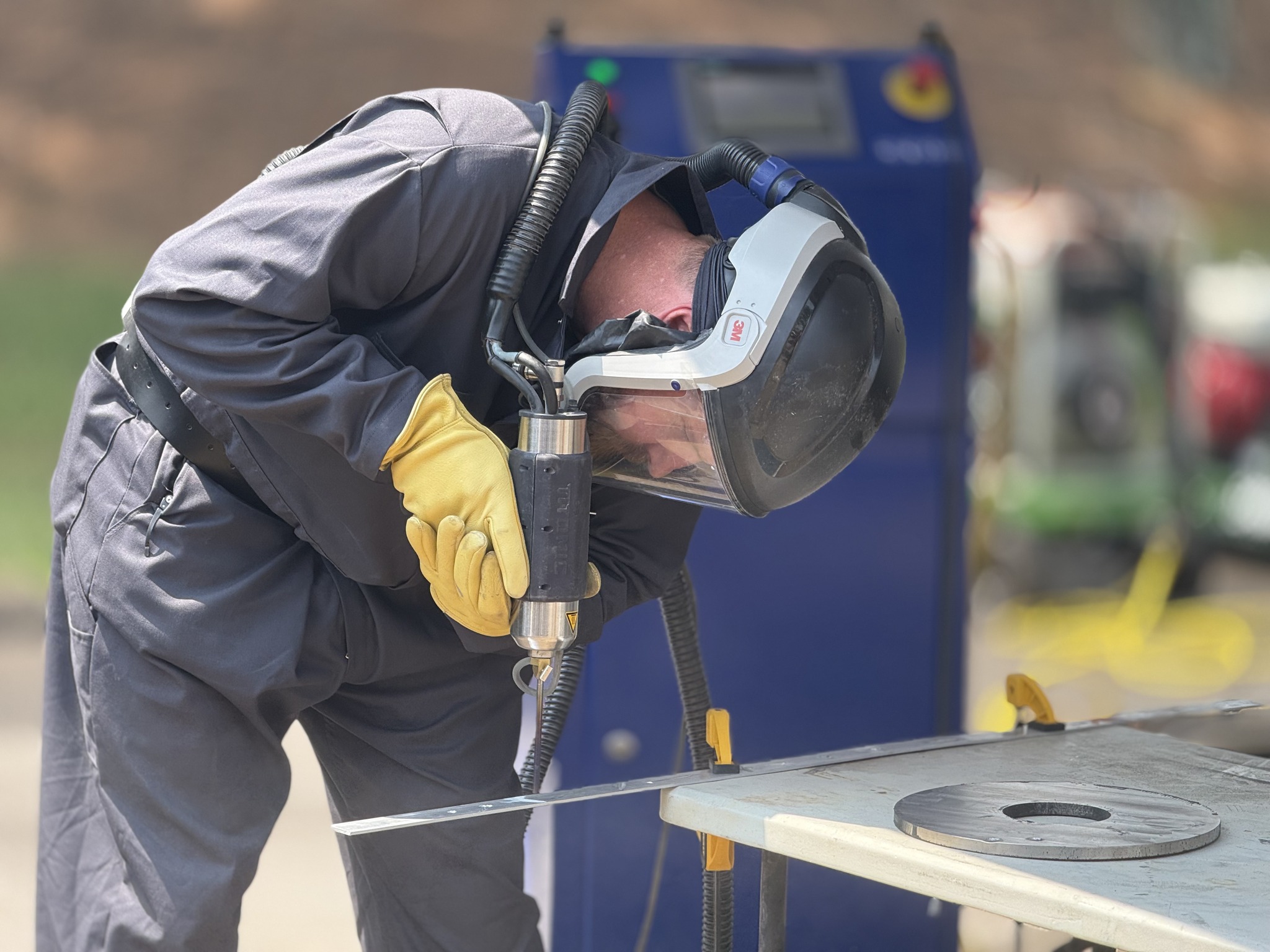ONE GARDENER TO ANOTHER: Knowing what the label tells you
Published 6:45 am Monday, March 5, 2018

- Chart
At the beginning of each month I take a glance at my monthly garden to-do list.
I didn’t make the list. The Alabama Cooperative Extension System (ACES.edu) had already compiled that information. Their list tells me what I should be planting, pruning and fertilizing, when to start applying herbicides, fungicides or pesticides to my trees and shrubs, etc.
Trending
It tells me in March I should be planting broccoli, cabbage and Brussels sprouts, as well as blackberries. It tells me I should fertilize shrubs according to my soil test and to fertilize my lawn. It also notes that I should watch the new growth on my roses for aphids and begin a spray or dust program.
As I pulled out the product to spray my roses — as with every time I pull out a product that I will use to fertilize or before I use a fungicide, pesticide or weed killer — I flipped the container over and read the label.
Of course at this point, I go find my glasses so I can read the print and start scanning the label for the “Directions for Use” section so I can get straight to work. However, there is a lot of information on this label, and the information — all of it — is important.
First, each product has a catchy, brand-specific name. It distinguishes other products used for the same purpose with the same basic ingredients. It also tells you what it is used for, i.e. — broadleaf weed control, rose and flower insect killer, or fast-acting fertilizer.
The label will tell you if it is a concentrate or a ready-to-use formula. It also has an ingredient list that tells you which active ingredients it contains, as well as the percentage of inert ingredients. Inert ingredients do not need to be listed and are primarily used to help the product stay mixed, stick to foliage or extend the shelf life.
The label also includes a “signal word.” Caution, Warning, Danger and Danger/Poison each depict the level of toxicity, from mild skin irritation to fatal poisoning — which leads us to one of the more important sections, “First Aid.”
Trending
This section tells you what you should do if the product should get in your eyes, is swallowed, get on the skin or is inhaled. The product may tell you to flush your eyes, induce vomiting immediately or that doing so will make it worse and when to seek medical attention.
This section should probably be read before it gets in your eyes, while you can still see the label. Long sleeves, pants, gloves and eye protection should be worn to help alleviate contact with skin and eyes.
Some labels have “Notes to the Physician,” which tell the doctor exactly what he is dealing with. It is a good idea to have the bottle with you when going to the emergency room or contacting poison control. The National Poison Control phone number is 800-222-1222.
Finally, I get to the “Directions for Use” section, which gives instructions for mixing if in concentrate form, the frequency and timing of applications, equipment I may need to apply the product and any restriction for use, such as “for outdoor use only.”
Always mix or apply products according to the directions. More will not necessarily make it “stronger” and could cause more damage to the plant than good, cost more money and could harm the environment. Application methods should be followed as well. Some products will tell you to saturate the foliage, or just get the surface wet, depending on how the product works on the plant.
Also listed will be an REI (re-entry interval), which tell you how long to stay away from the treated area or, with vegetables or other edibles, how long you need to wait before harvest.
Storage and disposal directions are very important, not only as safety measures for family members and pets that could come in contact with these products but for the safety of the environment upon disposal.
Reading the label is an ounce of prevention so that you, and your plants, won’t need a pound of cure. Until next week, happy gardening.
— Irland, a member of the Limestone County Master Gardeners, can be reached at kippirland@hotmail.com. For more information on the Limestone County Master Gardeners, visit http://mg.aces.edu/limestone.





